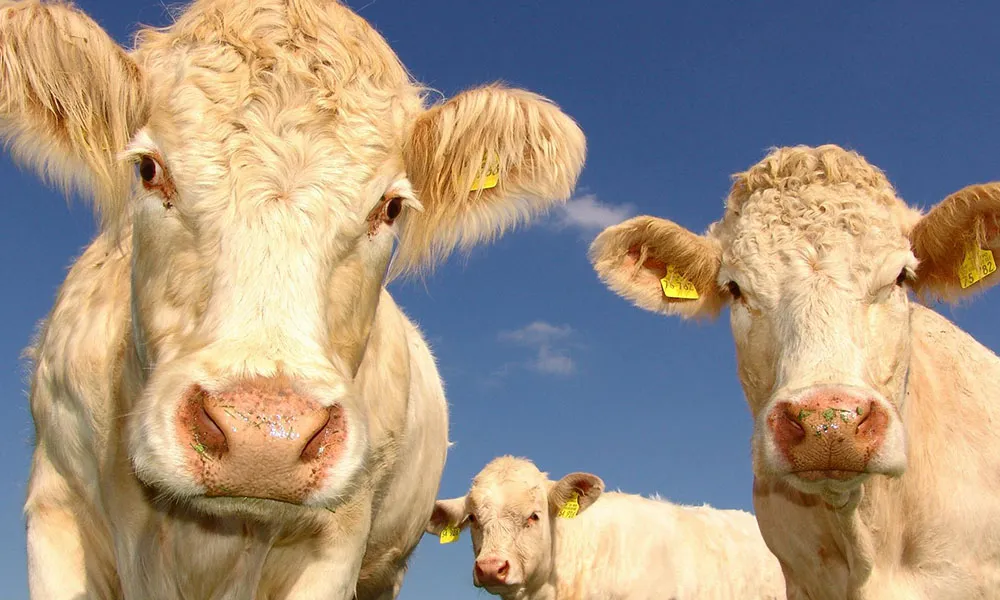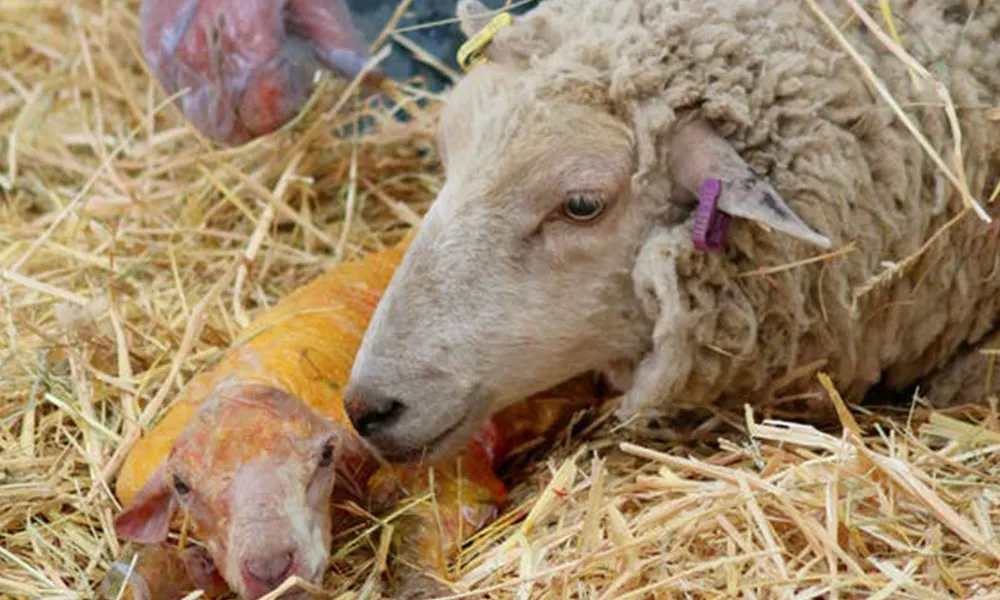
Inevitable Losses
The old adage says that where you have livestock, you will inevitably have deadstock. Unfortunately, this is especially true at lambing time. The reality is that a certain amount of lamb mortality is unavoidable in large flocks. No matter how hard we may try to prevent them, no matter how many sleepless nights we may put ourselves through over the spring months, sometimes there is nothing that can be done for sick animals.
However, it is also important to remember that prevention is better than cure. If we are aware of the diseases that are most likely to swipe newborn and very young lambs, we can recognize them when they strike and intervene as early as possible. This will give lambs the best chance of survival.
So what are the diseases most likely to cause us trouble over the course of the season? In the following paragraphs, we outline some of the most problematic ailments afflicting newborn lambs and look at some key measures that will help to reduce the risk of infection.
Navel Ill/Navel Infection
In truth, these are the greatest scourge of the sheep farmer at this time of year. At birth, the lamb’s umbilical cord is wet and bloody. This makes it an excellent conductor for bacteria, allowing it to multiply and spread into the lamb’s body. Once the umbilical cord is infected, the bacteria can spread elsewhere. Navel Ill and Joint Ill are the two most common conditions caused by an initial bacterial infection of the umbilical cord, but infection may appear in other parts of the body too.
To reduce the risk of lambs contracting a bacterial infection, always dip the newborn’s umbilical cord in an appropriate disinfectant. Personally, I have always found a solution of iodine or bee propolis to be very effective at killing infection and helping the cord to dry quickly. While some people use disinfectant sprays on the navel, dipping is far more effective.
In addition to this, you should always follow best practice in terms of hygiene at lambing time. If using the same lambing pen repeatedly, you should clean and disinfect it after each use. Lime is an excellent disinfectant and should be spread in all pens regularly.
Ensure that plenty of good quality bedding is provided in every lambing pen. Clean, dry conditions will help to prevent the onset of cold-related diseases like pneumonia or hypothermia. Maintaining warm bedding facilities will also allow lambs to dry off more quickly after birth.
Coccidiosis
Lambs lucky enough to avoid infection at birth are not out of the woods. Coccidiosis usually becomes a concern towards the end of the lamb’s first month of life. This is a terrible disease caused by a single-cell parasite called Eimeria.
The key to prevention here is good grazing practice. Lambs usually contract the infection when grazing pasture that was already grazed by lambs recently. Therefore, you should always provide lambs with fresh pasture to graze and develop a good rotation policy.
Colostrum, colostrum, colostrum
I sometimes feel like a broken record on the issue of colostrum, but the importance of this miraculous substance cannot be overstated. Lambs cannot survive, let alone thrive, without an adequate amount of the stuff. Ideally, they should get 50ml per kg of body weight in the first hour after birth.
If the ewe is not producing colostrum, you will need to track some down (either from another ewe, a cow or an alternative like Superstart Colostrum). Colostrum can be frozen for up to six months at a time, so it is always good to have a store of the stuff on hand for emergencies!











